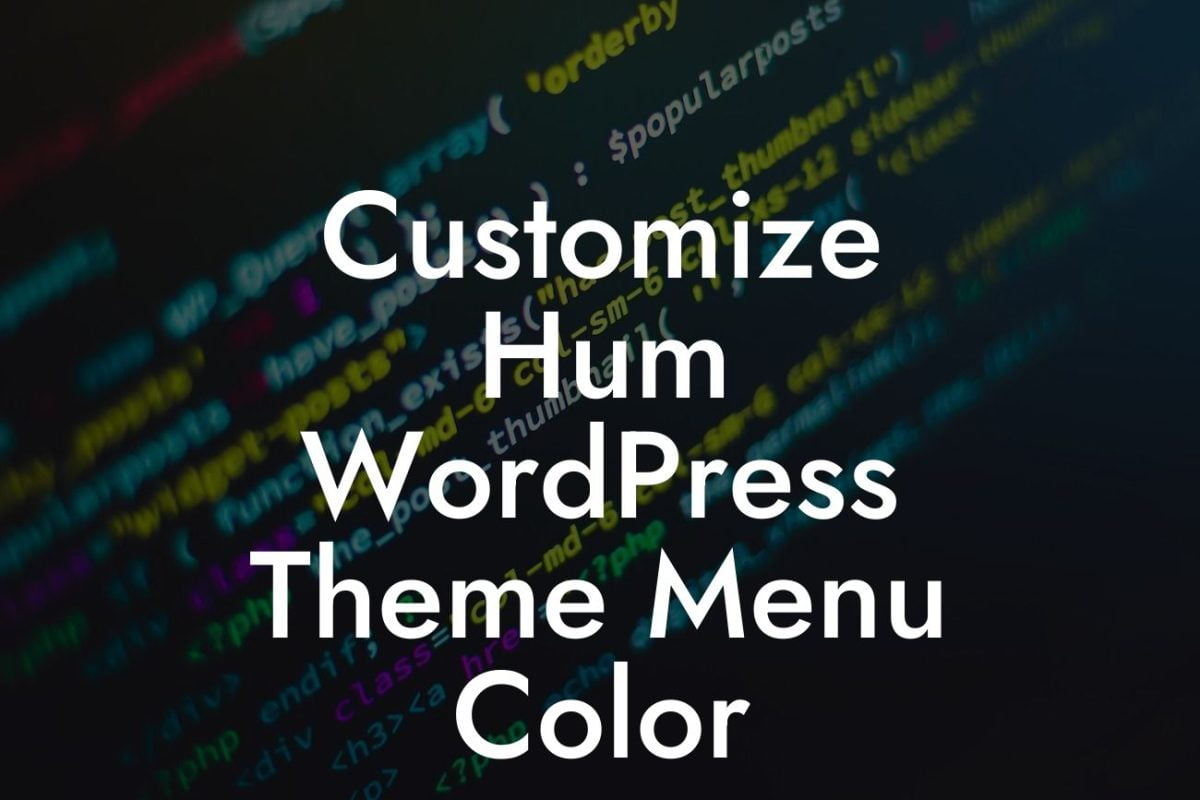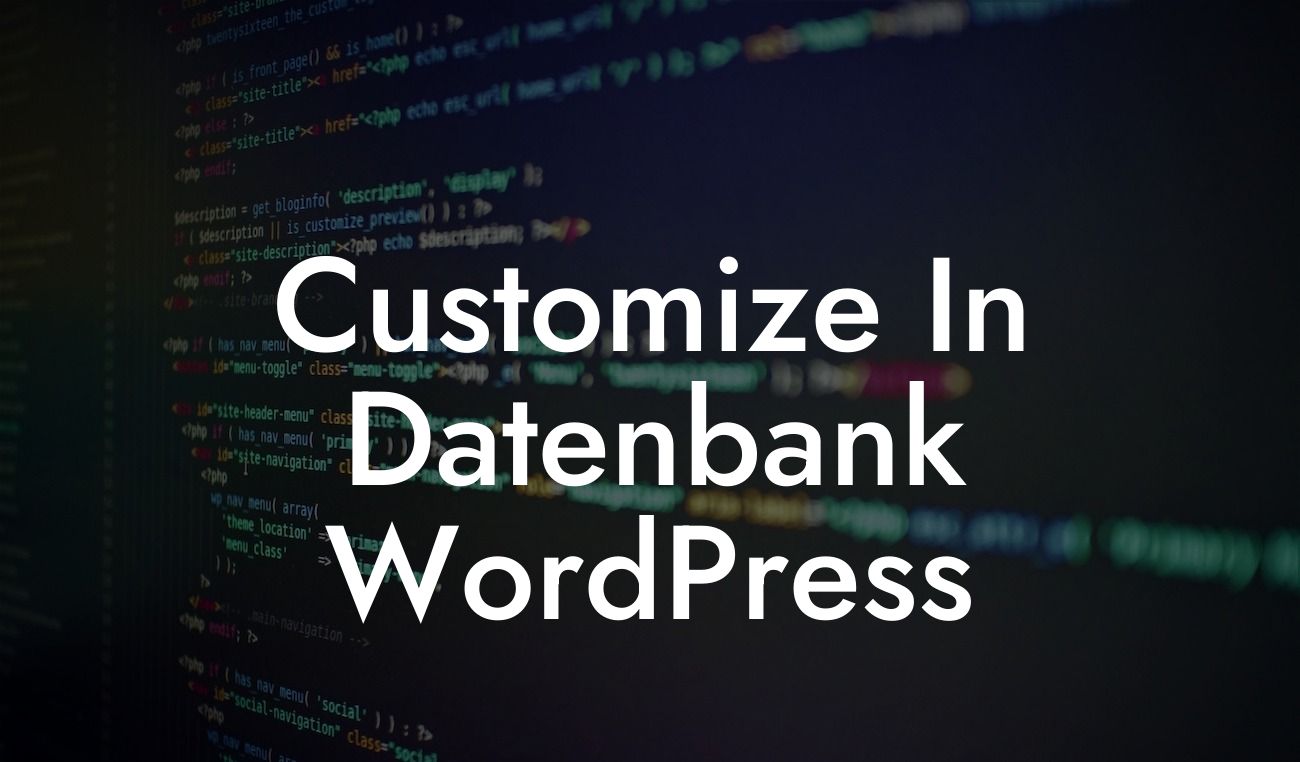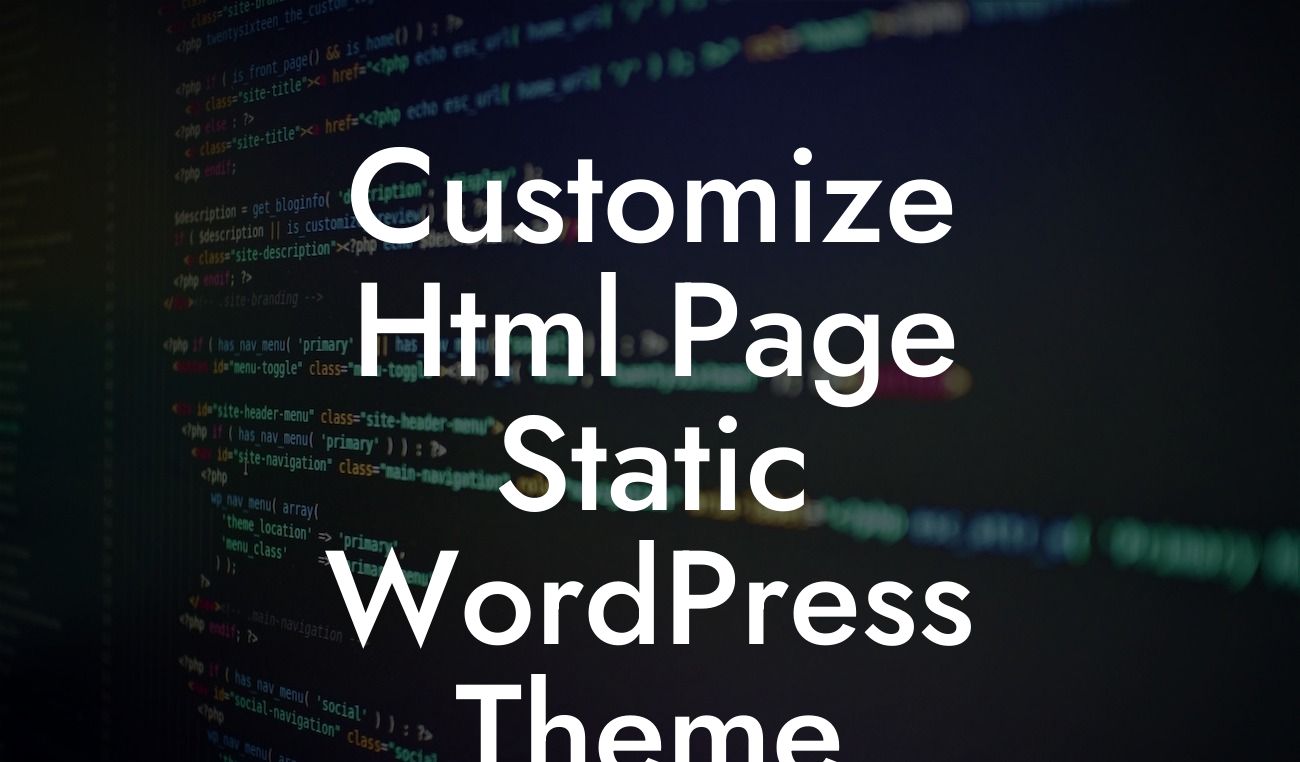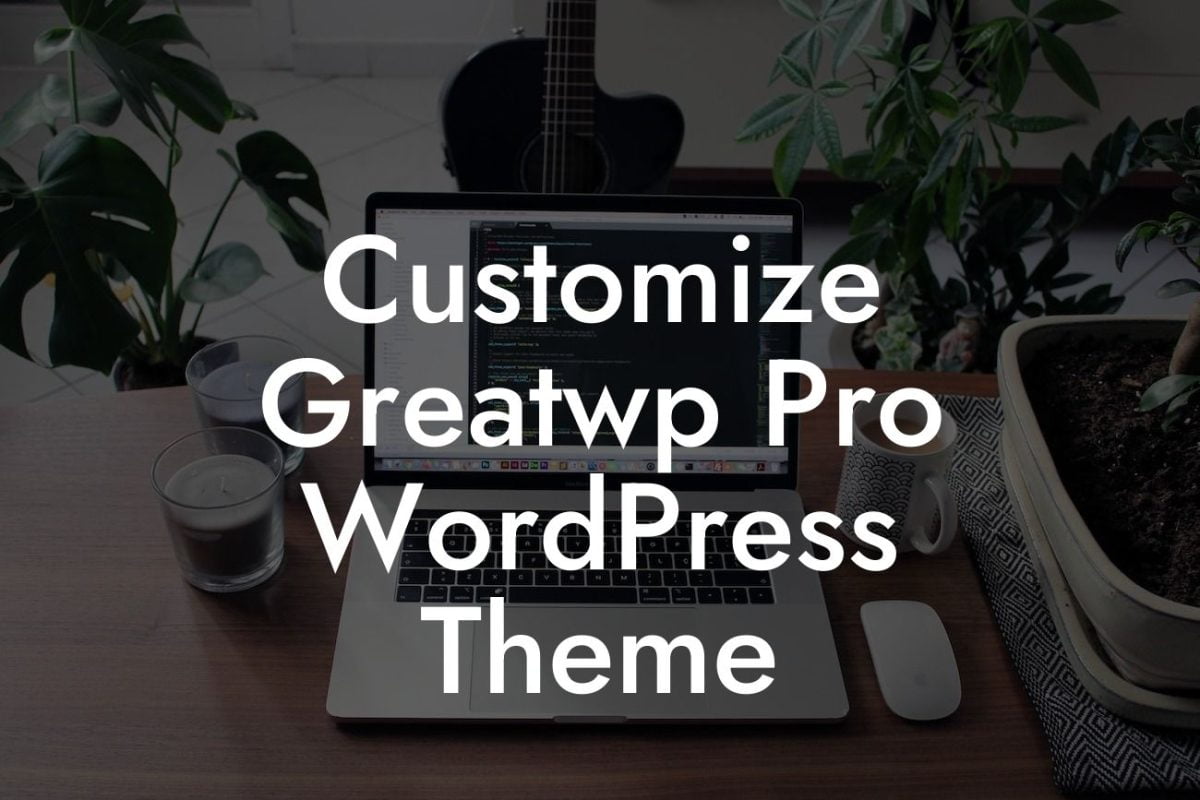Looking to stand out from the crowd with a unique blog layout on WordPress? You've come to the right place! At DamnWoo, we understand the importance of customization and individuality in showcasing your brand. In this article, we'll walk you through the process of customizing your blog layout on WordPress, providing you with expert tips, step-by-step instructions, and practical examples. Say goodbye to generic designs and embrace a visually stunning and engaging blog layout that reflects your brand's identity.
Customizing your blog layout on WordPress requires a combination of creativity and technical know-how. We'll guide you through the process, ensuring that even if you're not a coding expert, you can still achieve outstanding results. Let's dive in:
1. Choose a Suitable WordPress Theme:
Start by selecting a WordPress theme that aligns with your brand's aesthetic and functional requirements. Browse through the plethora of themes available, both free and premium, to find the perfect fit. Consider the layout options, color schemes, and customization options offered by each theme.
2. Install and Activate the Chosen Theme:
Looking For a Custom QuickBook Integration?
Once you've selected your theme, head over to your WordPress dashboard and navigate to "Appearance" -> "Themes". Click on "Add New" and upload the theme file you downloaded. After the installation, activate the theme to apply the changes to your blog.
3. Harness the Power of Customizer:
One of the easiest ways to customize your blog layout is by utilizing the built-in WordPress customizer. Access it by going to "Appearance" -> "Customize". Here, you can tweak various settings such as header layout, sidebar position, typography, color schemes, and more. Preview the changes in real-time before saving them.
4. Utilize Page Builders:
Page builders are fantastic tools that allow you to visually design your blog layout without any coding knowledge. Install a popular page builder plugin such as Elementor or Beaver Builder and start building your pages using an intuitive drag-and-drop interface. Experiment with different layouts and elements to create a visually appealing blog.
5. Customize Individual Blog Posts:
To add uniqueness to your blog layout, consider customizing individual blog posts. Plugins like Advanced Custom Fields enable you to add custom fields to your post editor, allowing you to showcase additional information or include custom layouts. Experiment with different post formats to create engaging and interactive content.
Customize Blog Layout Wordpress Example:
Let's imagine you have a travel blog, and you want to showcase stunning destination images in the header section of each blog post. With WordPress customizer, you can easily add a header section to your chosen theme and set it to display a featured image for each blog post. This simple customization can instantly elevate the visual appeal of your travel blog and make it more enticing for readers to explore.
Congratulations! You've learned the ins and outs of customizing your blog layout in WordPress. Now it's time to take action and transform your blog into a captivating masterpiece. Don't forget to explore other guides on DamnWoo, where we provide valuable insights and tips for small businesses and entrepreneurs. And to supercharge your blog's success, try one of our awesome WordPress plugins tailored for small businesses like yours. Remember to share this article with others who might benefit from it and inspire them to create extraordinary blogs too.













